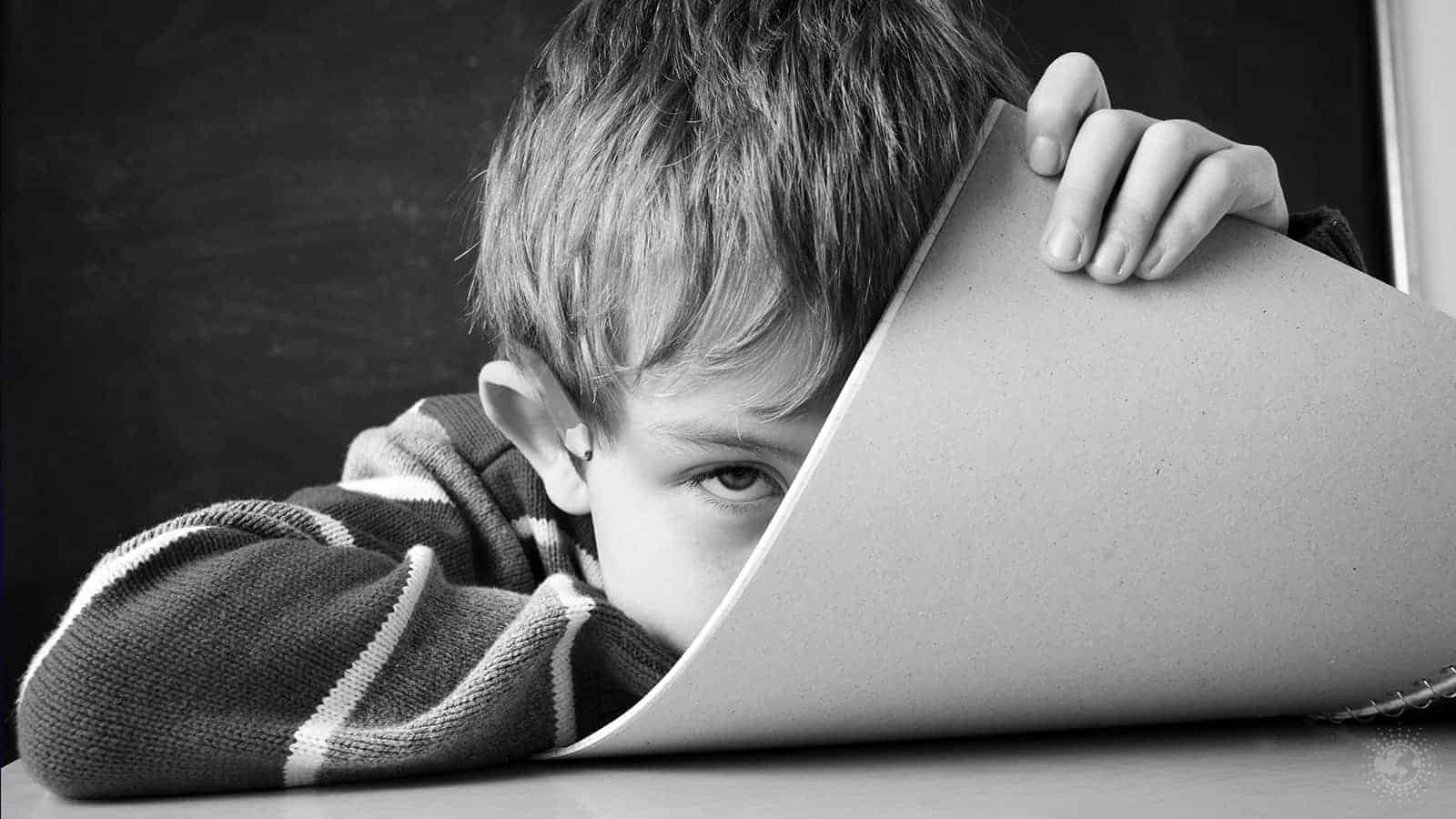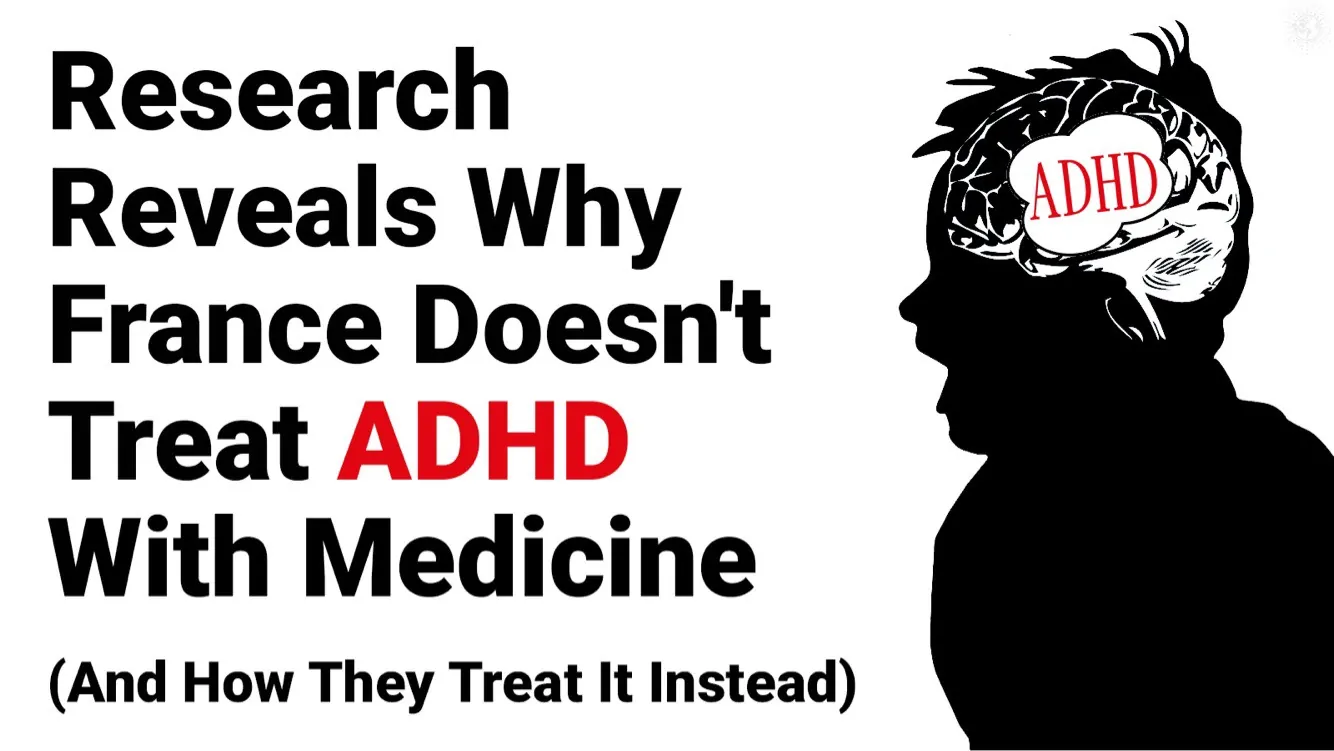ADHD (Attention Deficit and Hyperactivity Disorder) is a neuropsychiatric condition that causes difficulty in concentrating, impulsiveness, and excessive energy. Of course, most parents know that doctors often treat it by prescribing medication.
The Attention Deficit Disorder Association defines it as the following:
“a highly genetic, brain-based syndrome that has to do with the regulation of a particular set of brain functions and related behaviors.”
As of 2016, The National Survey of Children’s Health reported:
Approximately 9.4% of children 2-17 years of age (6.1 million) were diagnosed with ADHD.
- Ages 2-5: Approximately 388,000 children
- Ages 6-11: Approximately 2.4 million children
- Aged 12-17: Approximately 3.3 million children
Children diagnosed with ADHD often have erratic, inappropriate behavior patterns for their environment, especially in classrooms and other places where they have to sit for long periods.
Below, you’ll find some interesting statistics:
- Boys get diagnosed twice as often as girls.
- Furthermore, the average age of diagnosis is seven years.
- Researchers estimate that ADHD affects 1 in 20 people under the age of 18.
- Around two-thirds of people with childhood attention deficit disorders still suffer from symptoms as adults.
- Adult ADHD usually presents with memory problems.
Additionally, adults face difficulty in following directions, planning, organizing, and focusing for long periods.
Is ADHD a real disorder?
Some doctors and scientists believe ADHD doesn’t exist. For example, Jerome Kagan, professor, and psychologist at Harvard University shares the following message:
“…(ADHD) is an invention. Every child who’s not doing well in school is sent to see a pediatrician, and the pediatrician says: ‘It’s ADHD; here’s Ritalin.’ In fact, 90 percent of these 5.4 million (ADHD-diagnosed) kids don’t have an abnormal dopamine metabolism. The problem is, if a drug is available to doctors, they’ll make the corresponding diagnosis.”
Many professionals agree with the fact that medication for ADHD, especially in kids, just puts a bandage over a problem. In fact, the diagnosis may or may not exist. In other words, the doctors may just overprescribe the medication to get kickbacks from the pharmaceutical industry. Even in cases where children show strong symptoms of ADHD, the drugs should only serve as a last resort. That’s because medicines can have powerful, long-lasting side effects.
Of course, most doctors disagree with Kagan about ADHD being a hoax. Instead, they say that enough evidence exists to treat it as a real condition. All three of the best-respected, most well-respected U.S. medical bodies – the American Medical Association, American Academy of Pediatrics, and the NIH (National Institutes of Health) – agree unanimously that ADHD is a real, diagnosable condition.
Researchers note that the brains of people with ADHD differ from those without it. Furthermore, doctors first noticed people having symptoms of the disorder over 100 years ago. Also, most people with the disorder who get treatment have tangible results.
However, even though evidence exists to prove the validity and reality of ADHD, many authorities on health say that the disorder is over-diagnosed.
The rise in ADHD in America
Some statisticians have found that around 5% of school-aged children get diagnosed with ADHD. In some areas of the U.S., where the majority of ADHD diagnoses take place, up to 33 percent of children get diagnosed with the condition. In fact, some states report more than 13% of school-aged children to have a diagnosis of Attention Deficit Disorder. That percentage almost triples the number of plausible cases. According to statistics provided by the Centers for Disease Control and Prevention (CDC), the number of ADHD diagnoses rose an astounding 41 percent from 2003 to 2011.
Some researchers believe that the marketing tactics of pharmaceutical companies have led to the rise in ADHD diagnoses and children taking medication for ADHD. However, it seems that adults now make up the dominant demographic of ADHD cases, perhaps because they didn’t get adequate treatment as children. According to research by the ADHD Institute, the disorder persists in 50-65% of adults diagnosed as children.
Risks associated with medication for ADHD
On May 1, 1971, the United States Congress approved the Controlled Substances Act (CSA), creating five classifications, or schedules, for prescription drugs. The higher the schedule, the more potential exists for abuse. Amphetamine, the main ingredient in Adderall and other medication for ADHD, is a potent nervous system stimulant. Congress lists it as a Schedule II drug in the U.S. because of its high potential for abuse and the possibility of causing severe physical or psychological dependence. Other drugs in this category include Vicodin, Oxycontin, and Ritalin.
Also, note that amphetamine exists in cocaine and methamphetamine. And children get put on drugs containing this ingredient at a very young age to treat ADHD.
Here are some of the most pervasive side effects of amphetamines, broken down into three categories: immediate, coming down, and long-term.
IMMEDIATE EFFECTS:
– a sense of wellbeing and euphoria
– higher confidence and motivation
– quicker reaction times
– sense of superiority
– dizziness
– headaches
– more talkative
– dry mouth
– increased energy
– hallucinations
– paranoia
IMMEDIATE EFFECTS (HIGHER DOSES/OVERDOSE):
– blurred vision
– tremors
– irregular breathing
– hallucinations
– seizures
– stroke
– coma
– violent behavior
COMING DOWN
– feelings of anxiety, restlessness, and irritability
– depression
– lethargy
– extreme exhaustion
– mood swings
– tension
– paranoia
– aggression that may result in violence
LONG-TERM EFFECTS
– chronic insomnia
– anxiety, depression and increased tension
– feelings of breathlessness
– dental problems such as cracked teeth
– malnutrition due to a lack of appetite
– reduced immunity and a higher risk of infections
– high blood pressure
– higher risk of stroke
– risk of kidney failure
– psychological problems
– paranoia
– propensity for violence
As you can see, medication for ADHD does not come without severe side effects in some cases. However, critics of pharmaceutical drugs believe that many psychological disorders can improve with natural remedies. Below, we will talk about a few natural ways to reduce ADHD symptoms in children without the harmful side effects of medication.
Natural Remedies that Replace Medication for ADHD in Kids
-
Avoid food dyes and preservatives.
According to WebMD, some food colorings and preservatives can increase attention deficit and hyperactivity in children.
Colorings and preservatives that may increase symptoms of ADHD include:
- D&C Yellow No. 10 (quinoline yellow): You will find this dye in juices, haddock, and sorbets
- FD&C Yellow No. 5 (tartrazine): Check the labels of cereal, granola bars, pickles, and yogurt
- FD&C Yellow No. 6 (sunset yellow): Look at labels on breadcrumbs, candy, cereal, icing, and soft drinks
- FD&C Red No. 40 (Allura red): A quick look at the label will show this on child medications, gelatin desserts, ice cream, and soft drinks
- Sodium benzoate: You will find this in carbonated drinks, fruit juices, and salad dressings
-
Try biofeedback
Electroencephalographic (EEG) biofeedback uses brainwave technology to correct behaviors and ways of thinking. ADHD patients have a combination of low brain activity in the cortical regions as well as hyperactivity in the frontal cortex. Therefore, this situation dramatically contributes to those behaviors.
In an analysis of fourteen EEG biofeedback trials, children diagnosed with ADHD showed “consistent beneficial effects for all outcome measures.”
-
Give your kids plenty of opportunities to exercise.
Especially in a school setting, kids just don’t get enough time to move their bodies. Sitting still makes them restless and bored. Conversely, exercising helps children get a lot of pent up energy out of their systems. And the activity will help them feel calm and focused afterward. If they can’t exercise at school, make sure they have opportunities to play when they get home. Also, limit their time on technology. This can exacerbate ADHD symptoms, especially in children already prone to the disorder.
-
A balanced diet can replace medications for ADHD.
A daily healthy dose of vitamins and minerals may help improve ADHD symptoms. These supplements include l-carnitine, magnesium, vitamin B-6, zinc, omega-3 fatty acids, and calcium. Additionally, herbs such as ginkgo, ginseng, and passionflower may help ease attention deficit symptoms. However, check with your child’s doctor first, as some herbal supplements are especially potent for children’s developing immune systems.
-
Make sure your children get enough sunshine.
Scientists only recently began to understand the importance of Vitamin D for brain function and immune system health. Not only does Vitamin D enhance one’s mood, but it also protects against brain inflammation. Thus, low Vitamin D levels also linked to disorders such as depression and dementia. Indeed, a 1,700-person study conducted by researchers at the University of Cambridge found that people with the lowest Vitamin D levels showed twice the likelihood of having cognitive impairments.
-
Don’t give your kids too many sugary treats.
Sugar can significantly exacerbate the symptoms of ADHD. Thus, cutting it from your child’s diet could potentially replace the medication for ADHD. Undoubtedly, kids already display attention deficit symptoms should not eat a menu that’s high in sugar. That’s because sweets contribute to restlessness and inattention.
Final thoughts about how to replace medications for ADHD with natural remedies
Kids have so many distractions today. Indeed, it might feel impossible for many of them to stay on task, to begin with. So if you add in an ADHD diagnosis, it is no surprise that children who don’t get proper treatment for the disorder suffer in school and other social environments. However, giving them a proper diet, plenty of time to exercise, and reducing food dyes and sugar in their foods can help alleviate symptoms.




















